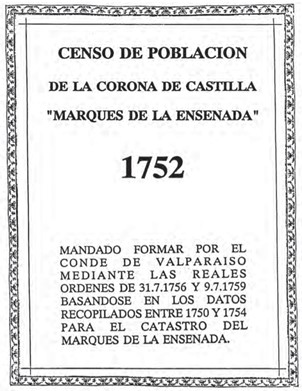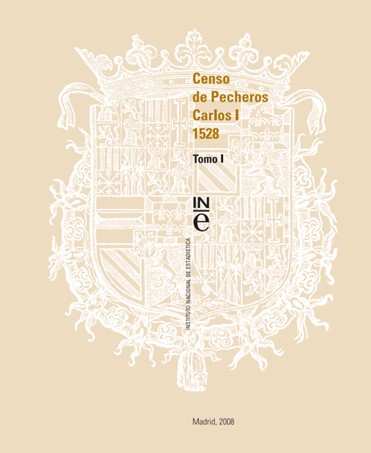Epidemics were a constant throughout the Modern Age, decimating the number of inhabitants. The graph shows the evolution of mortality in the city of Granada in two years: 1647 and 1648. In the context of the typhus that struck the city, mortality was stable during the first year, but from June onwards it increased considerably until September, when it remained almost constant until November and December. At the beginning of 1648, the first months are more benign; however, from June onwards, it increases again until its peak in September where, unlike the previous year, it drops considerably until December. Analysis of the data reveals the seasonality of deaths in Granada: the summer months. By age group, adults suffer the most from this phenomenon, followed by children and, finally, young people. Apart from the extraordinary epidemiological effects, the mortality rate is in line with that of the old demographic regime.
Colección: Gráficos
Proyecto: 3. Mundo rural y mundo urbano en la formación de la identidad europea., 4. Familia, vida cotidiana y desigualdad social en Europa.
Cronología: XVII
Ámbito: Educación Secundaria, Bachillerato, Universidad
Enlace: https://adeh.org/wp-content/uploads/2021/01/RDH-JIPS-2020-n3_5_Silvia-Jimenez-et-al.pdf
Tipo de recurso: Gráfico
Formato: Gráfico de líneas
Fuente: Jiménez-Brobeil, S.A., Maroto Benavides, R. M., y Sánchez-Montes, F. (2020). “Epidemias en la ciudad de Granada en el ciclo de 1647-1650”, en Revista de Demografía Histórica, XXXVIII, 3, p. 112.
Idioma: Castellano
Fecha: 2020
Propietario: Pablo Ballesta Fernández (Modernalia)
Copyright: ©Revista de Demografía Histórica ©Sylvia A. Jiménez-Brobeil ©Rosa M. Maroto Benavides ©Francisco Sánchez-Montes
Resumen: Distribución de las defunciones anuales mostrando los picos de mortalidad debido a las epidemias
Imagen
Etiquetas







